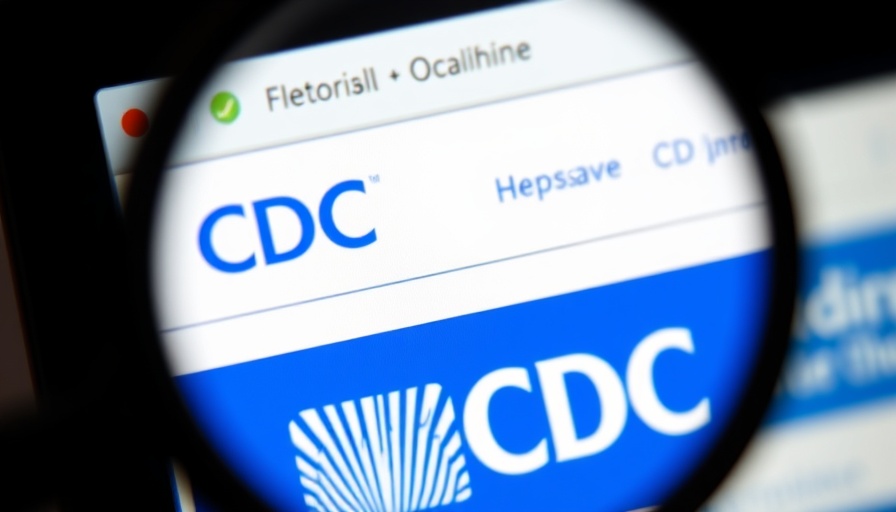
Understanding the Role of Public Health Agencies in Food Safety
With the increasing complexity of our food supply chain, the role of state and local health agencies has never been more crucial in preventing foodborne illness outbreaks in the United States. These agencies are on the front lines, conducting inspections, overseeing food safety protocols, and educating the public on best practices. Their collaborative efforts play a significant part in safeguarding community health.
Proactive Measures: Inspecting and Monitoring Food Sources
State and local health agencies engage in rigorous inspections of food establishments. This includes restaurants, farms, and food processing facilities. Regular inspections ensure that these entities comply with health regulations designed to minimize contamination. When agencies identify unsafe practices during inspections, they provide immediate guidance and interventions to rectify the issues, preventing potential outbreaks before they occur.
Collaboration and Data Sharing: Building a Stronger Defense
Public health agencies often collaborate with federal agencies like the Centers for Disease Control and Prevention (CDC) and the Food and Drug Administration (FDA) to enhance food safety efforts. This partnership allows for the sharing of vital data and trends regarding foodborne illnesses. For instance, when an outbreak occurs, rapid communication between agencies ensures a swift and coordinated response, crucial for controlling the situation and preventing further spread.
Education is Key: Informing Communities for Better Health
Education initiatives spearheaded by local health agencies aim to inform the public about the risks of foodborne illnesses. They conduct outreach programs that teach safe food handling practices, emphasizing the significance of proper cooking and storage temperatures. As many foodborne illnesses are linked to improper food handling at home, these educational efforts are essential for empowering consumers in making safer choices.
Innovative Technologies in Food Safety Monitoring
As technology advances, so does the ability of health agencies to monitor food safety. Emerging technologies such as blockchain for traceability of food products and artificial intelligence for predicting outbreak patterns are transforming the way health agencies respond to foodborne illnesses. By harnessing these innovations, agencies can improve response times and develop more effective prevention strategies.
The Future of Foodborne Illness Prevention: What’s Next?
Looking ahead, the integration of new technologies and improved data analytics will likely enhance the capabilities of health agencies. Collaborations between technologists, health experts, and policymakers will be crucial to develop systems that not only respond to outbreaks but also prevent them from occurring in the first place. A focus on lifestyle choices and nutrition can further reinforce public health goals.
Conclusion: Taking Ownership of Our Health
As the conversation surrounding food safety grows, individuals play a pivotal role in this community-wide effort. By staying informed and practicing safe food handling methods, we can collectively reduce the incidence of foodborne illnesses. For those interested in taking proactive steps, consider joining local health workshops or following public health campaigns focused on nutrition and wellness.
 Add Row
Add Row  Add
Add 




 Add Row
Add Row  Add
Add 

Write A Comment